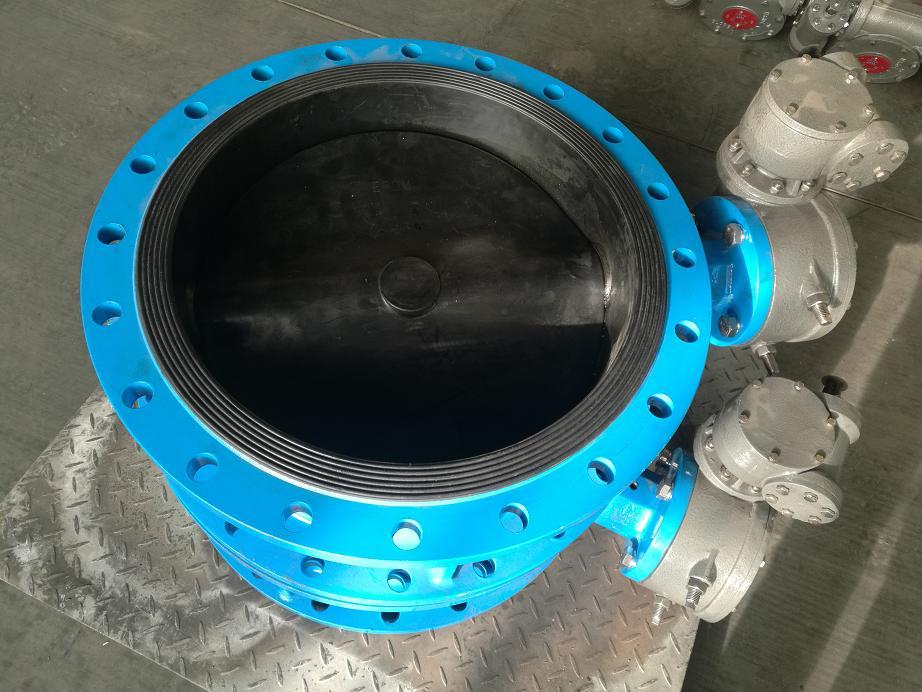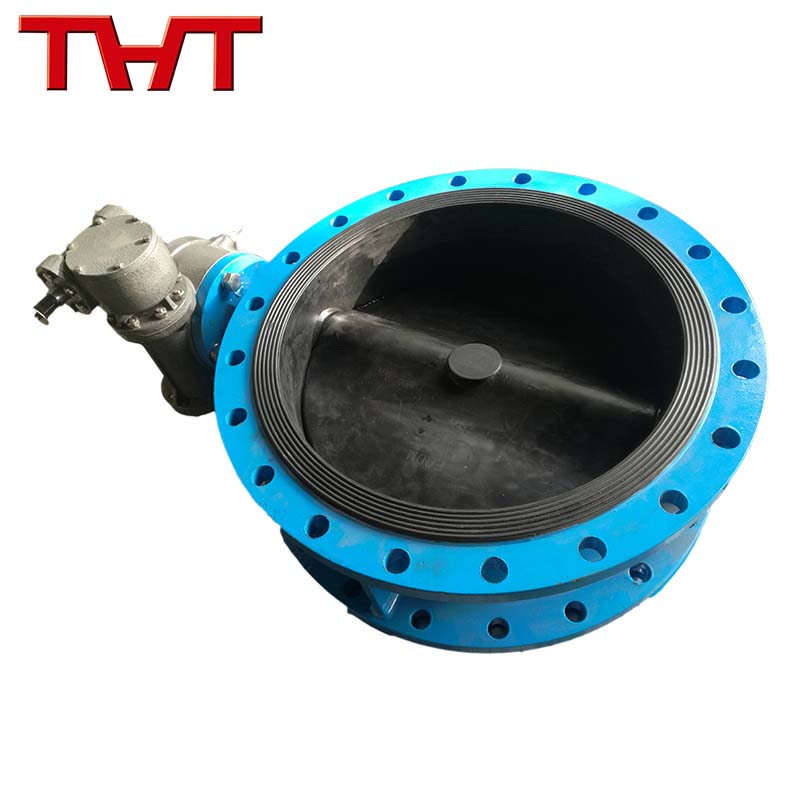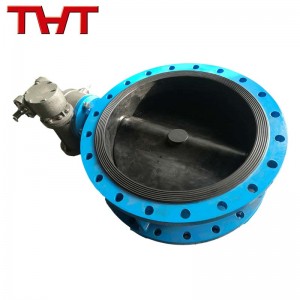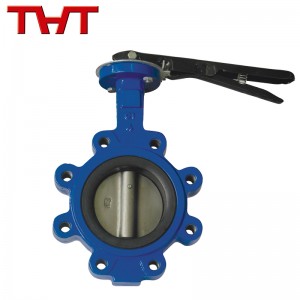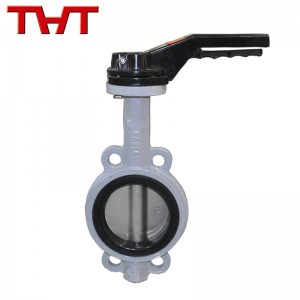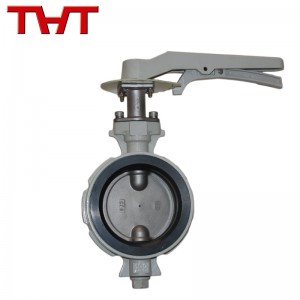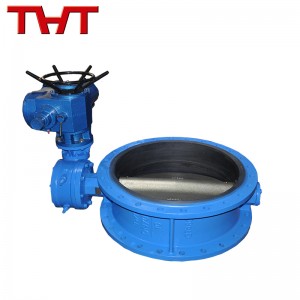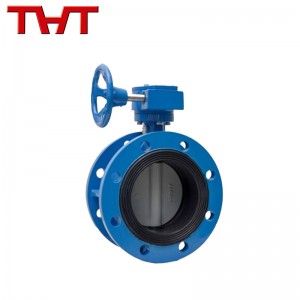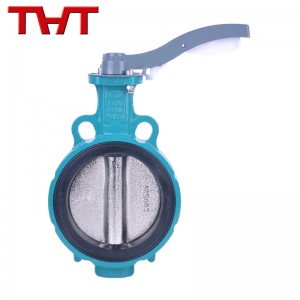Turbo desulphurization Butterfly valve
Turbo desulphurization Butterfly valve

The desulfurization butterfly valve fully considers the corrosion and wear of the desulfurization slurry on the valve, ensuring that the valve plate lining is a component that can contact the slurry, while other components are not corroded by the limestone (or lime paste) slurry. Therefore, the valve body and the valve stem do not need to use expensive alloy (2205) material, which greatly saves costs. The unique seat design of the desulfurization butterfly valve completely separates the valve body from the fluid medium. Compared with other similar valves, it has a better valve seat firming method, quick replacement of the valve seat, zero leakage of the valve, and low friction. The butterfly valve disc is made of high-performance alloy (2205) material to effectively resist the corrosion and wear of the slurry.

|
Working Pressure |
10 bar / 16 bar |
|
Testing Pressure |
Shell: 1.5 times rated pressure, Seat: 1.1 times rated pressure. |
|
Working Temperature |
-10°C to 80°C (NBR) -10°C to 120°C (EPDM) |
|
Suitable Media |
Water, Oil and gas. |

|
Parts |
Materials |
|
Body |
Cast iron, ductile iron, carbon steel |
|
Disc |
Nickel ductile iron / Al bronze / Stainless steel |
|
Seat |
EPDM / NBR / VITON / PTFE |
|
Stem |
Stainless steel / Carbon steel |
|
Bushing |
PTFE |
|
“O” ring |
PTFE |
|
Worm gearbox |
Cast iron / Ductile iron |

The desulfurization butterfly valve can be widely used for regulating and intercepting fluid lines such as hydropower, sewage, construction, air conditioning, petroleum, chemical, food, medicine, textile, papermaking, water supply and drainage, etc.

